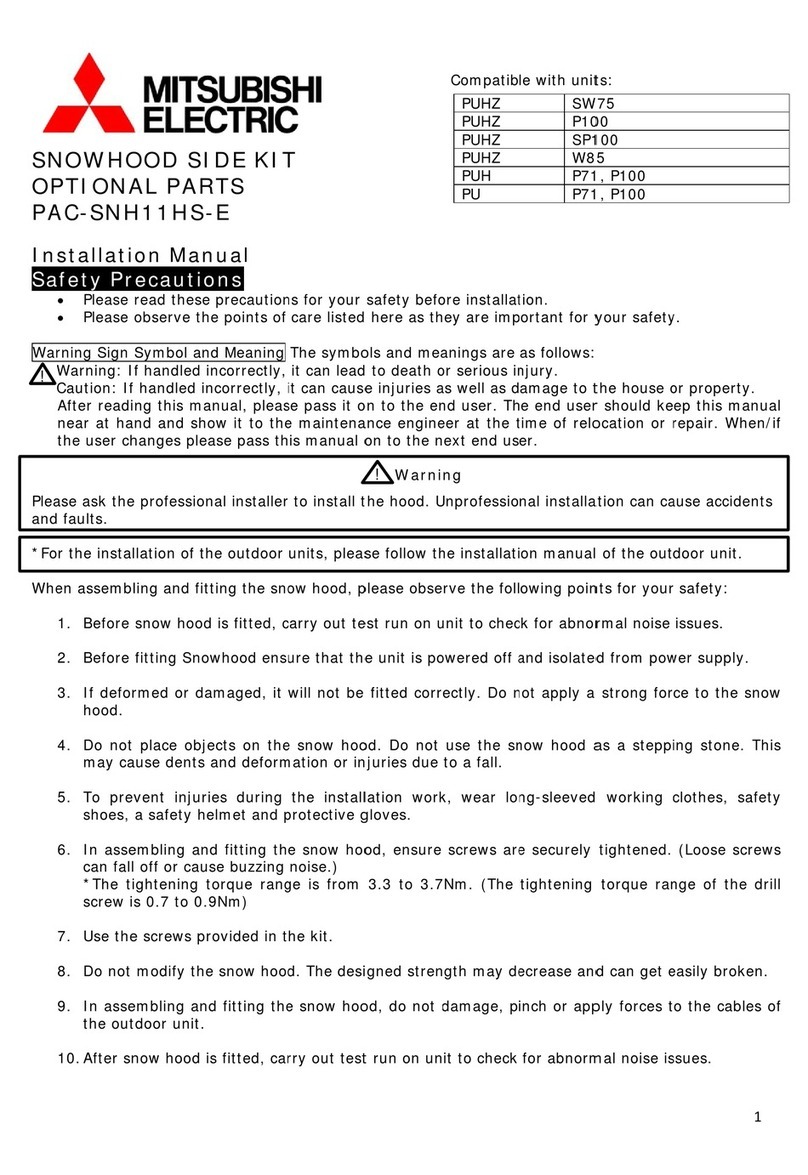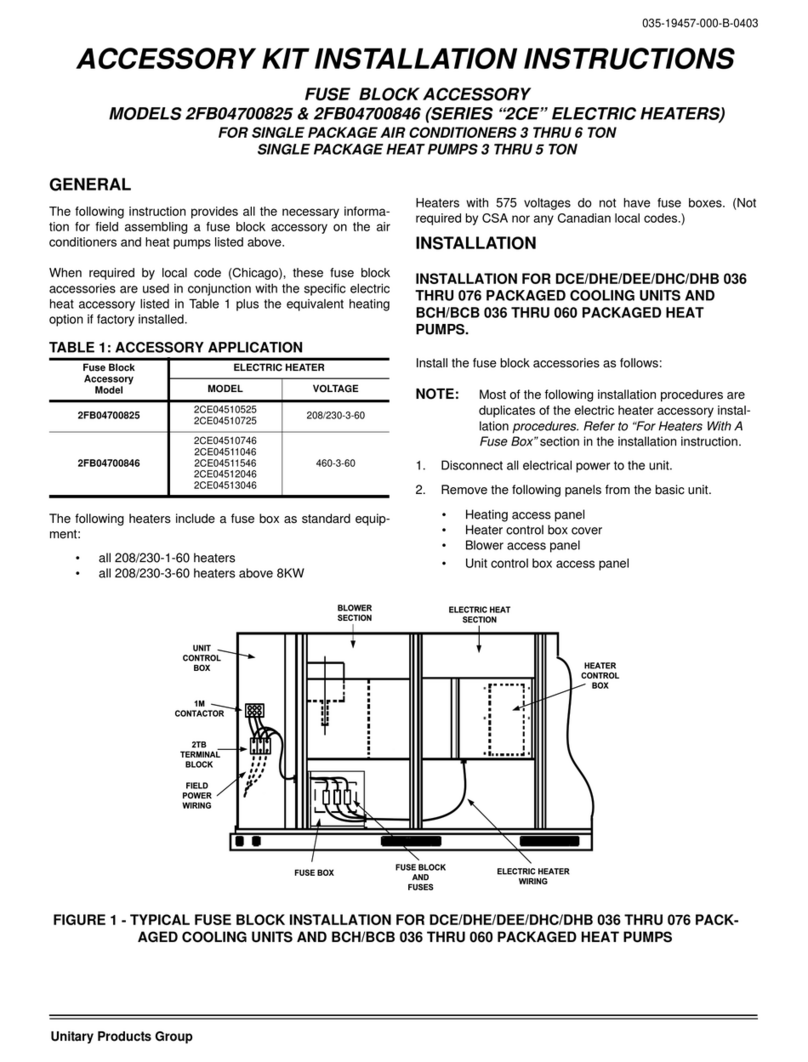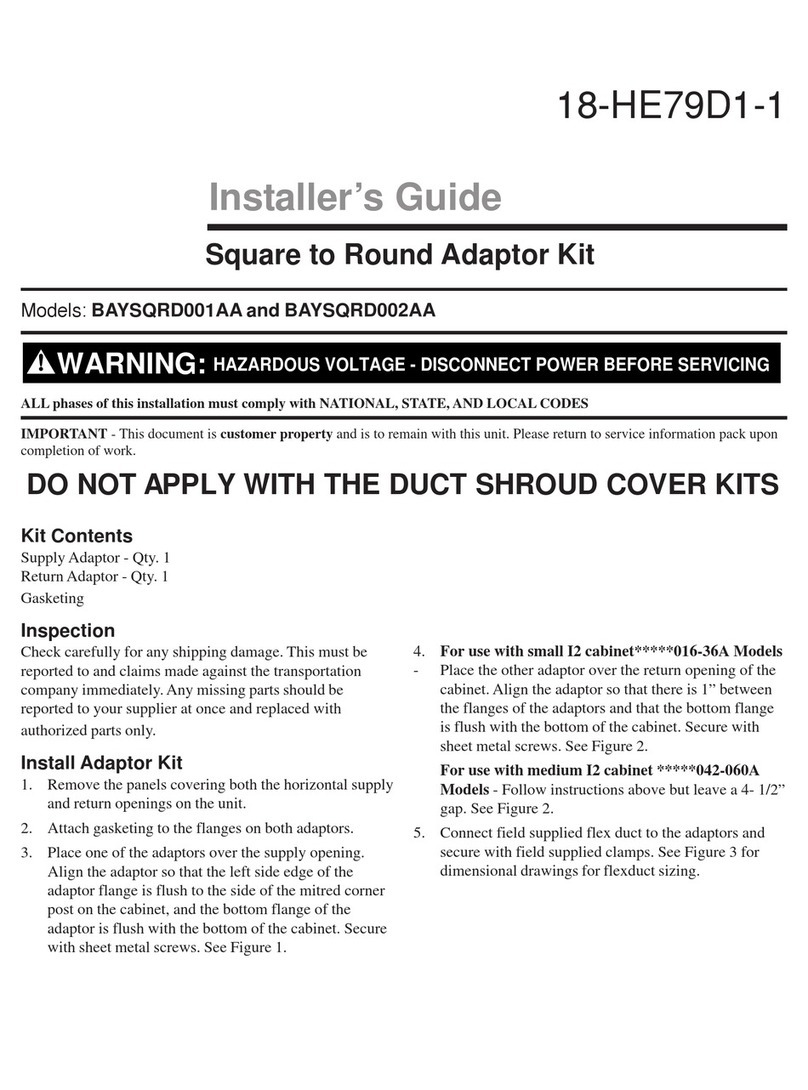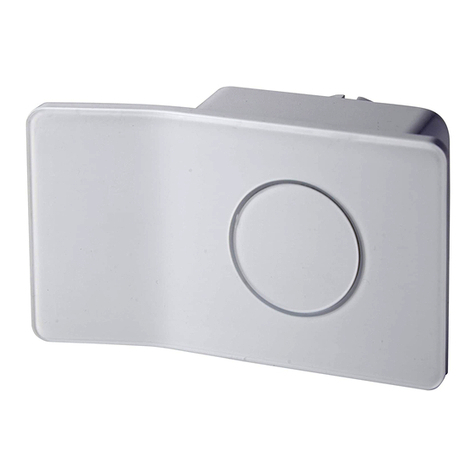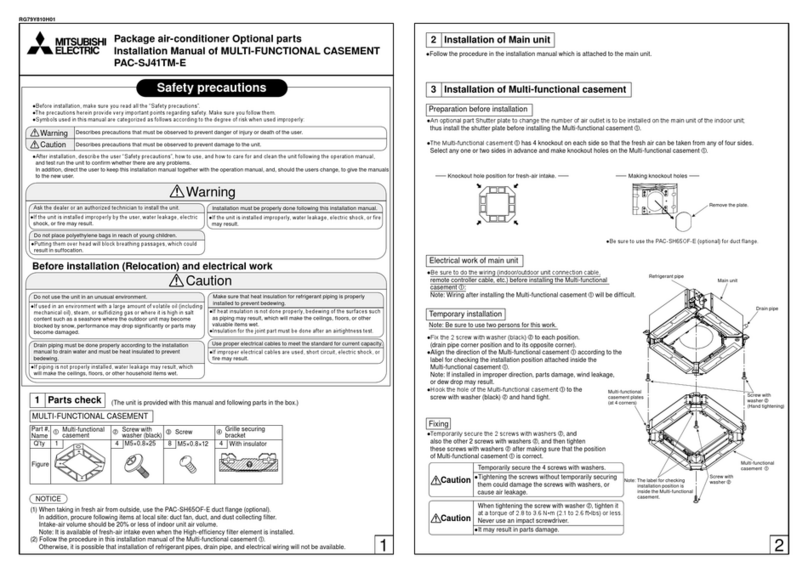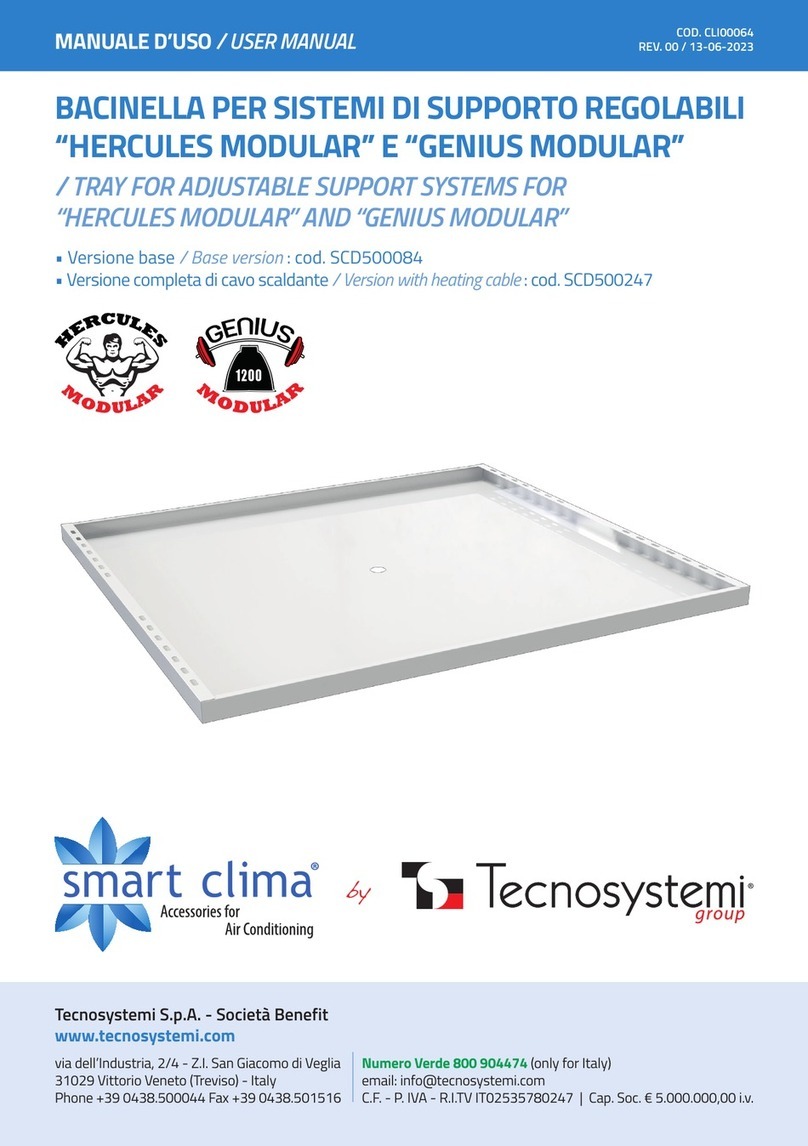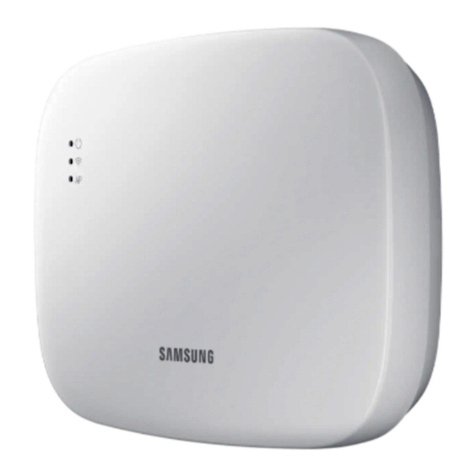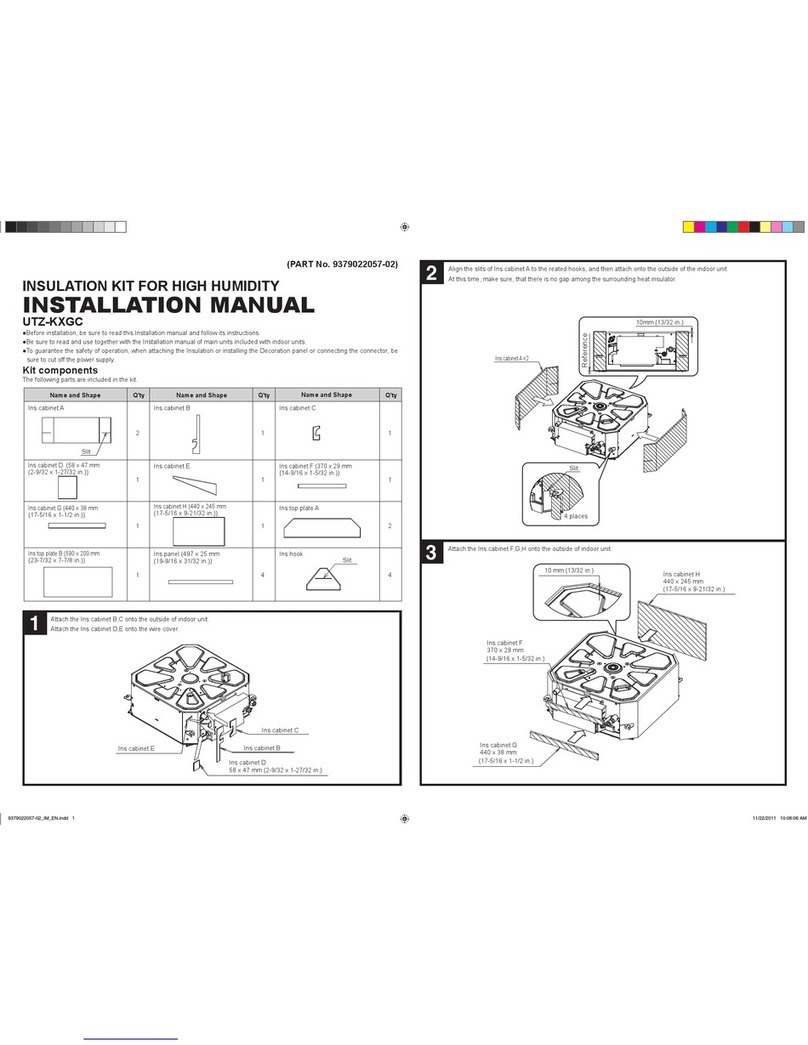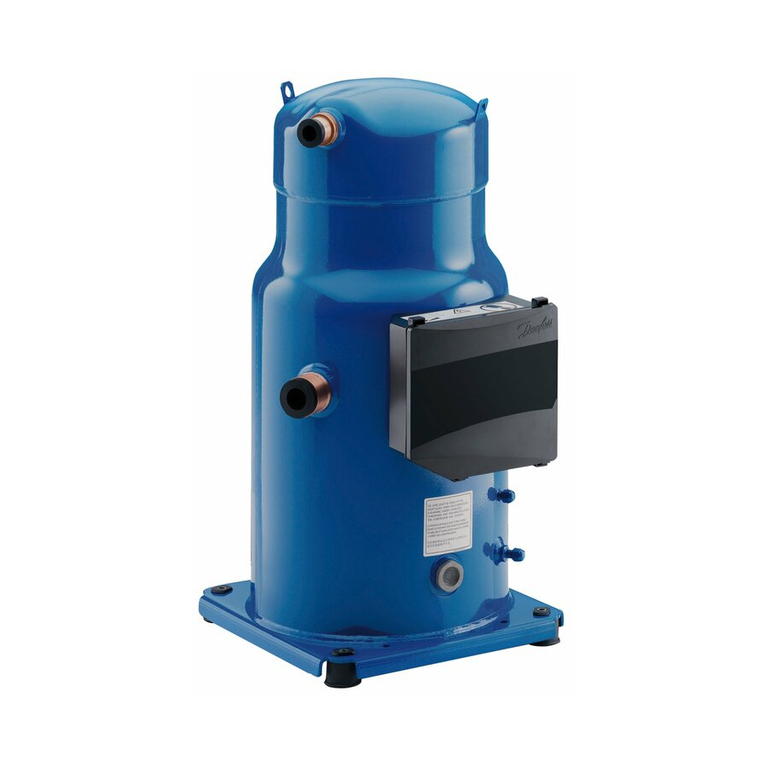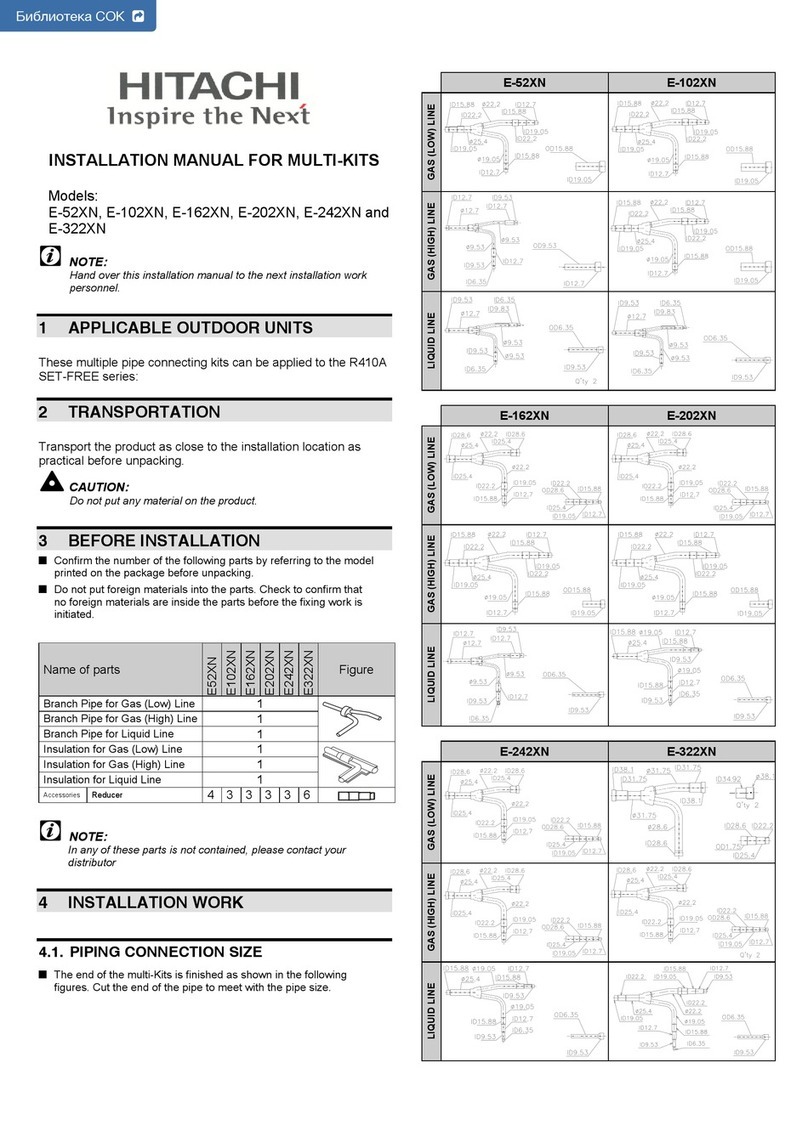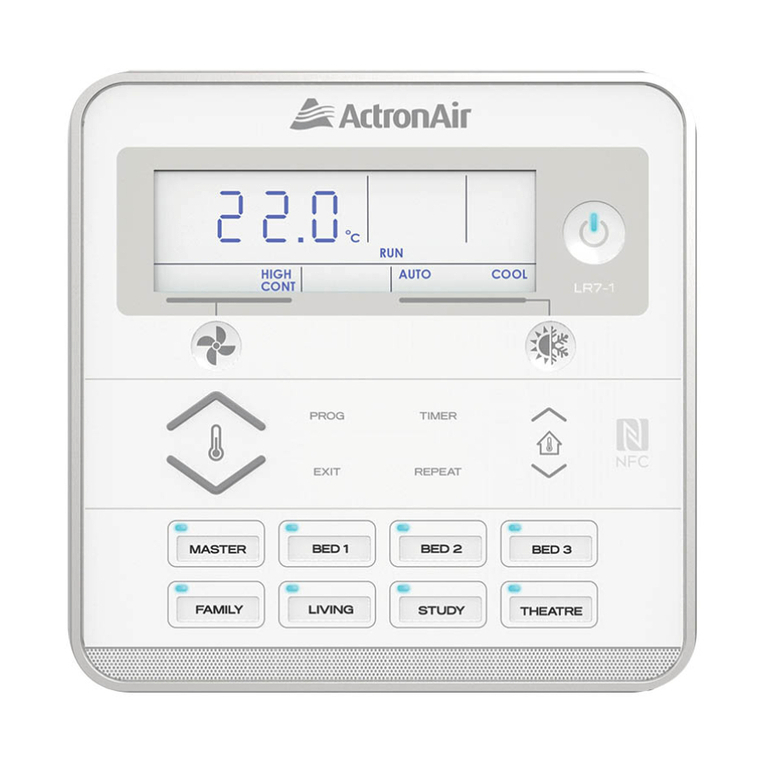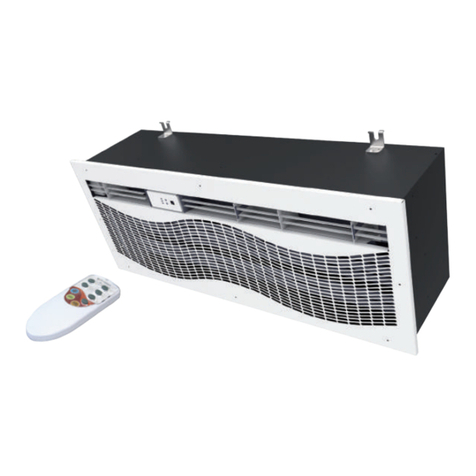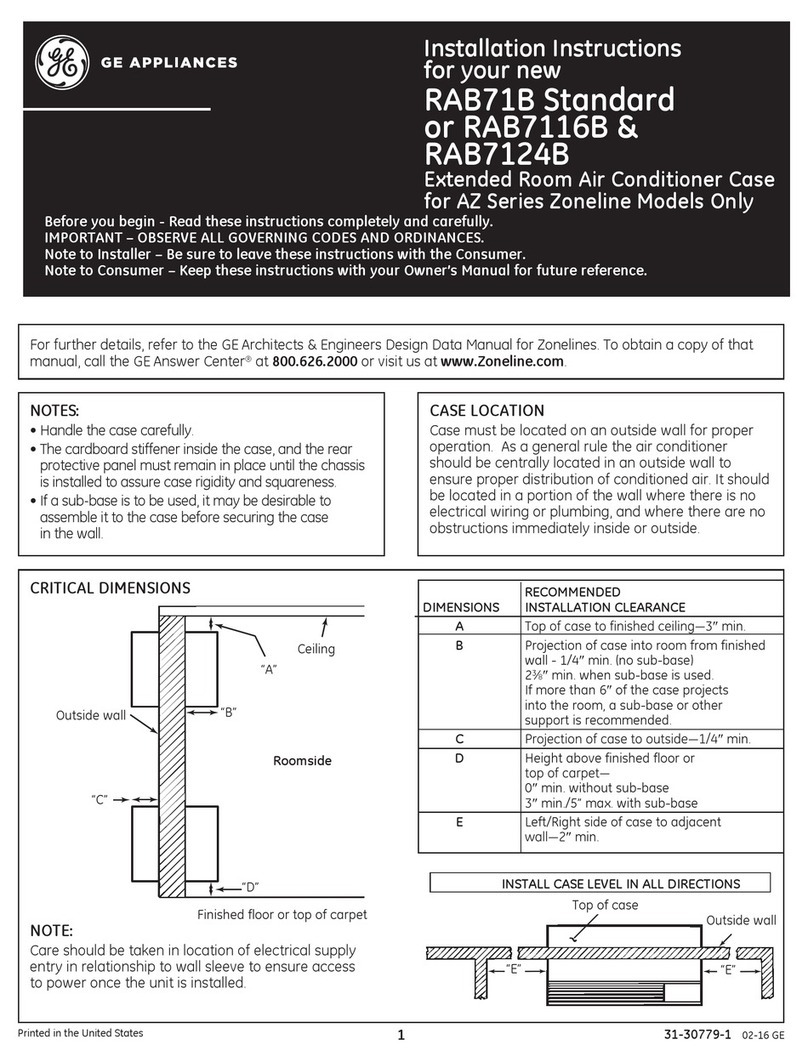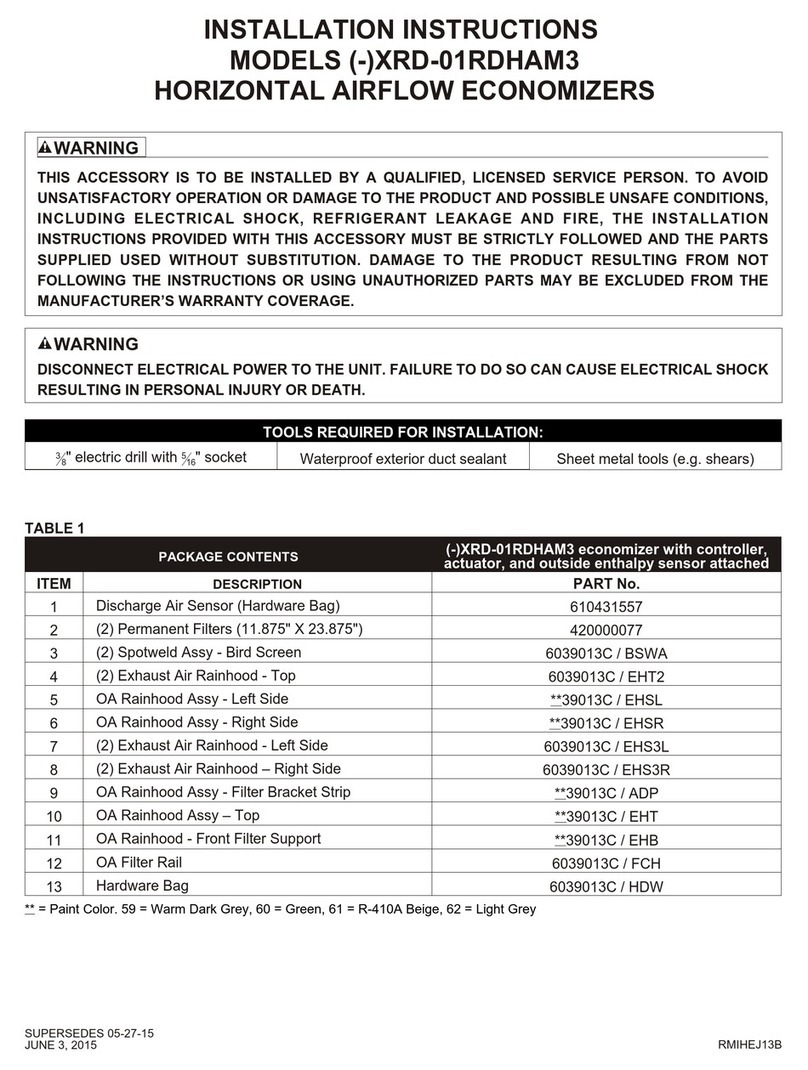
5.5.2 Main menu
structure
0-** Operation / Display
0-0* Basic Settings
0-01 Language
0-02 Motor Speed Unit
0-03 Regional Settings
0-04 Operating State at Power-up
0-05 Local Mode Unit
0-1* Set-up Operations
0-10 Active Set-up
0-11 Programming Set-up
0-12 This Set-up Linked to
0-13 Readout: Linked Set-ups
0-14 Readout: Prog. Set-ups / Channel
0-2* LCP Display
0-20 Display Line 1.1 Small
0-21 Display Line 1.2 Small
0-22 Display Line 1.3 Small
0-23 Display Line 2 Large
0-24 Display Line 3 Large
0-25 My Personal Menu
0-3* LCP Custom Readout
0-30 Custom Readout Unit
0-31 Custom Readout Min Value
0-32 Custom Readout Max Value
0-37 Display Text 1
0-38 Display Text 2
0-39 Display Text 3
0-4* LCP Keypad
0-40 [Hand on] Key on LCP
0-41 [Off] Key on LCP
0-42 [Auto on] Key on LCP
0-43 [Reset] Key on LCP
0-44 [Off/Reset] Key on LCP
0-45 [Drive Bypass] Key on LCP
0-5* Copy/Save
0-50 LCP Copy
0-51 Set-up Copy
0-6* Password
0-60 Main Menu Password
0-61 Access to Main Menu w/o Password
0-65 Personal Menu Password
0-66 Access to Personal Menu w/o
Password
0-7* Clock Settings
0-70 Date and Time
0-71 Date Format
0-72 Time Format
0-74 DST/Summertime
0-76 DST/Summertime Start
0-77 DST/Summertime End
0-79 Clock Fault
0-81 Working Days
0-82 Additional Working Days
0-83 Additional Non-Working Days
0-89 Date and Time Readout
1-** Load and Motor
1-0* General Settings
1-00 Configuration Mode
1-03 Torque Characteristics
1-06 Clockwise Direction
1-1* Motor Selection
1-10 Motor Construction
1-1* VVC+ PM
1-14 Damping Gain
1-15 Low Speed Filter Time Const.
1-16 High Speed Filter Time Const.
1-17 Voltage filter time const.
1-2* Motor Data
1-20 Motor Power [kW]
1-21 Motor Power [HP]
1-22 Motor Voltage
1-23 Motor Frequency
1-24 Motor Current
1-25 Motor Nominal Speed
1-26 Motor Cont. Rated Torque
1-28 Motor Rotation Check
1-29 Automatic Motor Adaptation (AMA)
1-3* Adv. Motor Data
1-30 Stator Resistance (Rs)
1-31 Rotor Resistance (Rr)
1-35 Main Reactance (Xh)
1-36 Iron Loss Resistance (Rfe)
1-37 d-axis Inductance (Ld)
1-39 Motor Poles
1-40 Back EMF at 1000 RPM
1-5* Load Indep. Setting
1-50 Motor Magnetisation at Zero Speed
1-51 Min Speed Normal Magnetising [RPM]
1-52 Min Speed Normal Magnetising [Hz]
1-58 Flystart Test Pulses Current
1-59 Flystart Test Pulses Frequency
1-6* Load Depen. Setting
1-60 Low Speed Load Compensation
1-61 High Speed Load Compensation
1-62 Slip Compensation
1-63 Slip Compensation Time Constant
1-64 Resonance Dampening
1-65 Resonance Dampening Time Constant
1-66 Min. Current at Low Speed
1-7* Start Adjustments
1-70 PM Startmode
1-71 Start Delay
1-72 Start Function
1-73 Flying Start
1-77 Compressor Start Max Speed [RPM]
1-78 Compressor Start Max Speed [Hz]
1-79 Compressor Start Max Time to Trip
1-8* Stop Adjustments
1-80 Function at Stop
1-81 Min Speed for Function at Stop [RPM]
1-82 Min Speed for Function at Stop [Hz]
1-86 Trip Speed Low [RPM]
1-87 Trip Speed Low [Hz]
1-9* Motor Temperature
1-90 Motor Thermal Protection
1-91 Motor External Fan
1-93 Thermistor Source
2-** Brakes
2-0* DC-Brake
2-00 DC Hold/Preheat Current
2-01 DC Brake Current
2-02 DC Braking Time
2-03 DC Brake Cut In Speed [RPM]
2-04 DC Brake Cut In Speed [Hz]
2-06 Parking Current
2-07 Parking Time
2-1* Brake Energy Funct.
2-10 Brake Function
2-11 Brake Resistor (ohm)
2-12 Brake Power Limit (kW)
2-13 Brake Power Monitoring
2-15 Brake Check
2-16 AC brake Max. Current
2-17 Over-voltage Control
3-** Reference / Ramps
3-0* Reference Limits
3-02 Minimum Reference
3-03 Maximum Reference
3-04 Reference Function
3-1* References
3-10 Preset Reference
3-11 Jog Speed [Hz]
3-13 Reference Site
3-14 Preset Relative Reference
3-15 Reference 1 Source
3-16 Reference 2 Source
3-17 Reference 3 Source
3-19 Jog Speed [RPM]
3-4* Ramp 1
3-41 Ramp 1 Ramp Up Time
3-42 Ramp 1 Ramp Down Time
3-5* Ramp 2
3-51 Ramp 2 Ramp Up Time
3-52 Ramp 2 Ramp Down Time
3-8* Other Ramps
3-80 Jog Ramp Time
3-81 Quick Stop Ramp Time
3-82 Starting Ramp Up Time
3-9* Digital Pot.Meter
3-90 Step Size
3-91 Ramp Time
3-92 Power Restore
3-93 Maximum Limit
3-94 Minimum Limit
3-95 Ramp Delay
4-** Limits / Warnings
4-1* Motor Limits
4-10 Motor Speed Direction
4-11 Motor Speed Low Limit [RPM]
4-12 Motor Speed Low Limit [Hz]
4-13 Motor Speed High Limit [RPM]
4-14 Motor Speed High Limit [Hz]
4-16 Torque Limit Motor Mode
4-17 Torque Limit Generator Mode
4-18 Current Limit
4-19 Max Output Frequency
4-5* Adj. Warnings
4-50 Warning Current Low
4-51 Warning Current High
4-52 Warning Speed Low
4-53 Warning Speed High
4-54 Warning Reference Low
4-55 Warning Reference High
4-56 Warning Feedback Low
4-57 Warning Feedback High
4-58 Missing Motor Phase Function
4-6* Speed Bypass
4-60 Bypass Speed From [RPM]
4-61 Bypass Speed From [Hz]
4-62 Bypass Speed To [RPM]
4-63 Bypass Speed To [Hz]
4-64 Semi-Auto Bypass Set-up
5-** Digital In/Out
5-0* Digital I/O mode
5-00 Digital I/O Mode
5-01 Terminal 27 Mode
5-02 Terminal 29 Mode
5-1* Digital Inputs
5-10 Terminal 18 Digital Input
5-11 Terminal 19 Digital Input
5-12 Terminal 27 Digital Input
5-13 Terminal 29 Digital Input
5-14 Terminal 32 Digital Input
5-15 Terminal 33 Digital Input
5-16 Terminal X30/2 Digital Input
5-17 Terminal X30/3 Digital Input
5-18 Terminal X30/4 Digital Input
5-19 Terminal 37 Safe Stop
5-3* Digital Outputs
5-30 Terminal 27 Digital Output
5-31 Terminal 29 Digital Output
5-32 Term X30/6 Digi Out (MCB 101)
5-33 Term X30/7 Digi Out (MCB 101)
5-4* Relays
5-40 Function Relay
5-41 On Delay, Relay
5-42 Off Delay, Relay
5-5* Pulse Input
5-50 Term. 29 Low Frequency
5-51 Term. 29 High Frequency
5-52 Term. 29 Low Ref./Feedb. Value
5-53 Term. 29 High Ref./Feedb. Value
5-54 Pulse Filter Time Constant #29
5-55 Term. 33 Low Frequency
5-56 Term. 33 High Frequency
5-57 Term. 33 Low Ref./Feedb. Value
5-58 Term. 33 High Ref./Feedb. Value
5-59 Pulse Filter Time Constant #33
5-6* Pulse Output
5-60 Terminal 27 Pulse Output Variable
5-62 Pulse Output Max Freq #27
5-63 Terminal 29 Pulse Output Variable
5-65 Pulse Output Max Freq #29
5-66 Terminal X30/6 Pulse Output Variable
5-68 Pulse Output Max Freq #X30/6
5-8* I/O Options
5-80 AHF Cap Reconnect Delay
5-9* Bus Controlled
5-90 Digital & Relay Bus Control
5-93 Pulse Out #27 Bus Control
5-94 Pulse Out #27 Timeout Preset
5-95 Pulse Out #29 Bus Control
5-96 Pulse Out #29 Timeout Preset
5-97 Pulse Out #X30/6 Bus Control
5-98 Pulse Out #X30/6 Timeout Preset
6-** Analog In/Out
6-0* Analog I/O Mode
6-00 Live Zero Timeout Time
6-01 Live Zero Timeout Function
6-02 Fire Mode Live Zero Timeout Function
6-1* Analog Input 53
6-10 Terminal 53 Low Voltage
6-11 Terminal 53 High Voltage
6-12 Terminal 53 Low Current
6-13 Terminal 53 High Current
6-14 Terminal 53 Low Ref./Feedb. Value
6-15 Terminal 53 High Ref./Feedb. Value
6-16 Terminal 53 Filter Time Constant
6-17 Terminal 53 Live Zero
6-2* Analog Input 54
6-20 Terminal 54 Low Voltage
6-21 Terminal 54 High Voltage
6-22 Terminal 54 Low Current
6-23 Terminal 54 High Current
6-24 Terminal 54 Low Ref./Feedb. Value
6-25 Terminal 54 High Ref./Feedb. Value
6-26 Terminal 54 Filter Time Constant
6-27 Terminal 54 Live Zero
6-3* Analog Input X30/11
6-30 Terminal X30/11 Low Voltage
6-31 Terminal X30/11 High Voltage
6-34 Term. X30/11 Low Ref./Feedb. Value
6-35 Term. X30/11 High Ref./Feedb. Value
6-36 Term. X30/11 Filter Time Constant
6-37 Term. X30/11 Live Zero
6-4* Analog Input X30/12
6-40 Terminal X30/12 Low Voltage
6-41 Terminal X30/12 High Voltage
6-44 Term. X30/12 Low Ref./Feedb. Value
6-45 Term. X30/12 High Ref./Feedb. Value
6-46 Term. X30/12 Filter Time Constant
6-47 Term. X30/12 Live Zero
6-5* Analog Output 42
6-50 Terminal 42 Output
6-51 Terminal 42 Output Min Scale
6-52 Terminal 42 Output Max Scale
6-53 Terminal 42 Output Bus Control
6-54 Terminal 42 Output Timeout Preset
6-55 Analog Output Filter
6-6* Analog Output X30/8
6-60 Terminal X30/8 Output
VLT®HVAC Drive Quick Reference Guide
